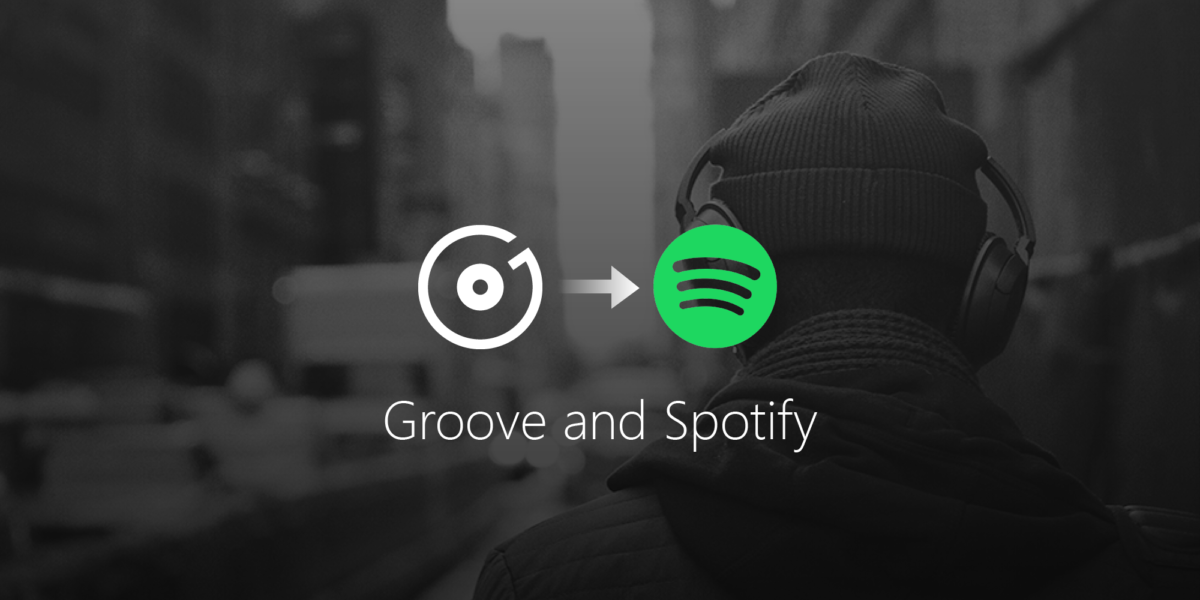Have you ever heard of Groove Music? Probably not. Groove Music is a digital music streaming service owned by Microsoft, where users can purchase songs or buy streaming subscription. Groove Music was first launched by Microsoft in 2012 as Xbox Music, and earlier got renamed as a part of rebranding strategy. Users of Microsoft 10 operating system have probably seen Groove Music on their laptops, as it came preinstalled.
Despite Microsoft’s attempt to make their music service widely accepted, the company announced in October 2017 that it will kill the service on the upcoming New Year’s Eve (Fingas, 2017). Groove was unable to compete with Spotify, and Microsoft’s officials have been honest acknowledging their loss. They publicly confirmed that the customers wanted “access to the best streaming service, the largest catalogue of music, and a variety of subscriptions” (Roetgers, 2017), which Groove service was unable to provide. In order to make Groove’s customers a bit happier, Microsoft has partnered with Spotify to allow them to transition their music collection and playlists to the Spotify service.
Microsoft has shown its weakness in making technology for consumers. It has never released specific user numbers or revenue for the Groove service (Weinberger, 2017), which makes us think that the numbers were not worth being mentioned. Despite its technological wisdom, Microsoft was unable to compete, as it seeks to partner with Spotify instead of creating its own rival services (Warren, 2017). Unlike the past, there isn’t another Microsoft-branded service waiting in the wing.
Meanwhile, Spotify has once again confirmed its winner-take-all position. Music streaming market is characterized by low demand for differentiated services since one platform typically has all music genres; high strength of network effects for both users and studios; and high multi-homing costs as users must purchase subscription for each service. Therefore, competing with a leader in this market is extremely difficult, which is confirmed by Microsoft’s example. Multiple tech experts have confirmed that Microsoft has wasted resources in Groove Music, and it should have quitted earlier (BBC, 2017). With Microsoft’s exit, Spotify has won huge chunk of consumers, who will boost its leadership position even further.
Do you think Microsoft had chances to beat Spotify with Groove? What has it done wrong?
References:
BBC, (2017). Microsoft axes Groove Music service. Available from: <http://www.bbc.com/news/technology-41483492> Accessed [09-10-2017].
Fingas, J., (2017). Microsoft gives up on Groove Music, switches customers to Spotify. Avaiable from: <https://www.engadget.com/2017/10/02/microsoft-drops-groove-music-in-favor-of-spotify/> Accesses [09-10-2017].
Roetgers, J. (2017). Microsoft Discontinues Groove Music, Partners With Spotify Instead. Available from: <http://variety.com/2017/digital/news/microsoft-groove-music-dead-1202578189/> Accessed [09-10-2017].
Warren, T., (2017). Microsoft retires Groove Music service, partners with Spotify. Available from: <https://www.theverge.com/2017/10/2/16401898/microsoft-groove-music-pass-discontinued-spotify-partner> Accessed [09-10-2017].
Weinberger, M., (2017). Microsoft is killing its Spotify competitor, will partner up with Spotify instead. Available from: <https://www.businessinsider.nl/microsoft-discontinuing-groove-music-pass-2017-10/?international=true&r=US> Accessed [09-10-2017].

